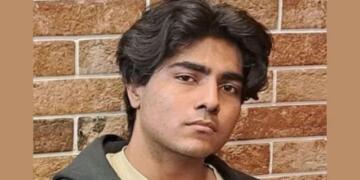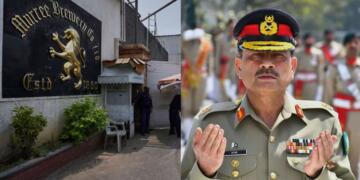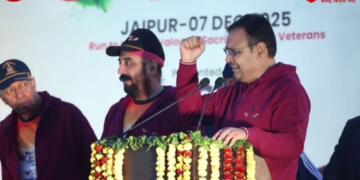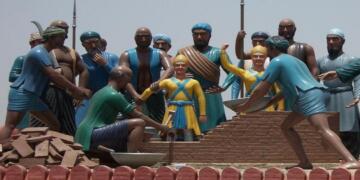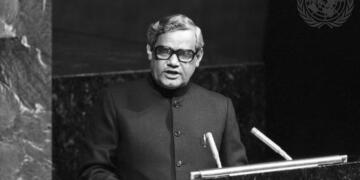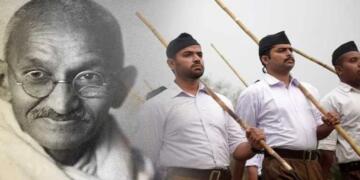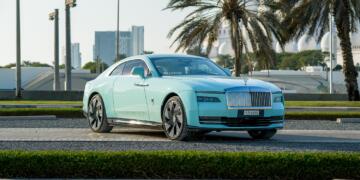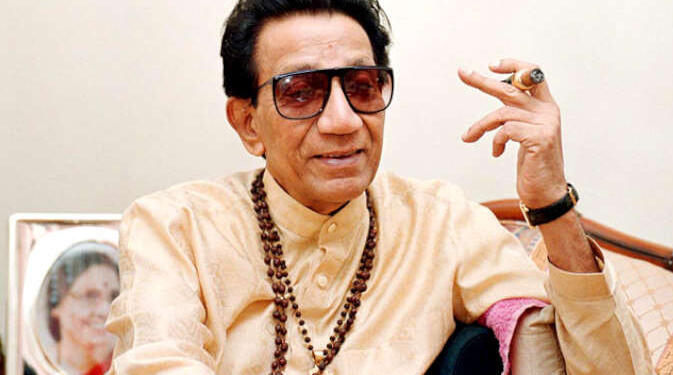Bal Thackeray, the founder of Shiv Sena is undoubtedly the tallest leader that emerged in the Hindutva Discourse Post-Independence. Hindu Hriday Samrat was the title allotted to the great Bal Thackeray for standing against the injustices faced by the Hindu community. His unyielding commitment to Hindutva made the thousands of blessings of crores pour upon him.
He was born into a family of social reformers. Bal Thackeray began his career as a cartoonist but soon transitioned into politics. He founded Shiv Sena in 1966, initially to champion the cause of Marathi manoos (sons of the soil) against perceived injustices caused by migration and non-Marathi dominance in Mumbai. Over time, Shiv Sena’s ideology evolved to focus on Hindutva, aligning with the Bharatiya Janata Party (BJP) in the 1980s.
Role in the Ayodhya Movement
Bal Thackeray’s steadfast commitment to Hindutva was evident during the Ayodhya movement. The demolition of the Babri Masjid on December 6, 1992, was a watershed moment. With many of the leaders hesitating to own the demolition, it was Bala Thackeray who did not shy away from taking credit for the role of Shiv Sainiks in the event. In his 1993 interview with Aap Ki Adalat, he unabashedly admitted the party’s involvement in both the demolition and the riots that followed. This defiance cemented his status as a leader willing to defend Hindu causes.
Rise to Power
Bal Thackeray’s political zenith came in 1995 when Shiv Sena, in coalition with the BJP, came to power in Maharashtra. Although he held no formal position in the government, Thackeray’s influence over the administration was immense. He effectively controlled the state’s politics, with his voice carrying more weight than any elected official.
Bal Thackeray’s oratory skills were legendary. His speeches, laced with humor, satire, and demagoguery, mesmerized his supporters while unnerving his opponents. His leadership style, marked by a combination of fear and admiration, helped consolidate his political power.


